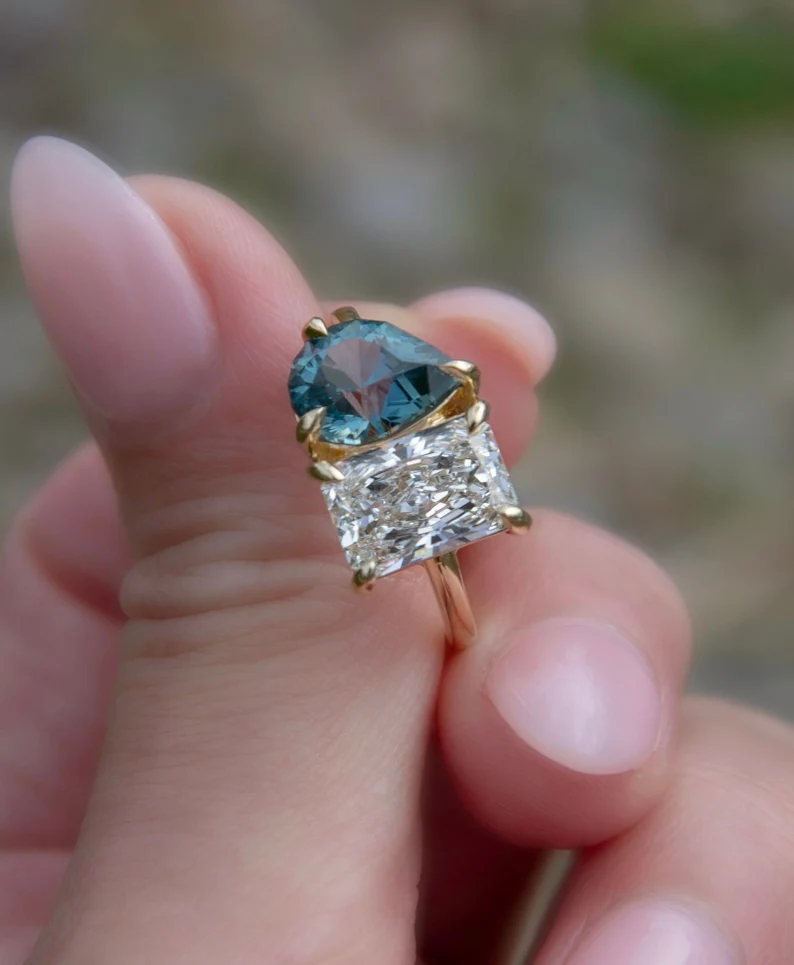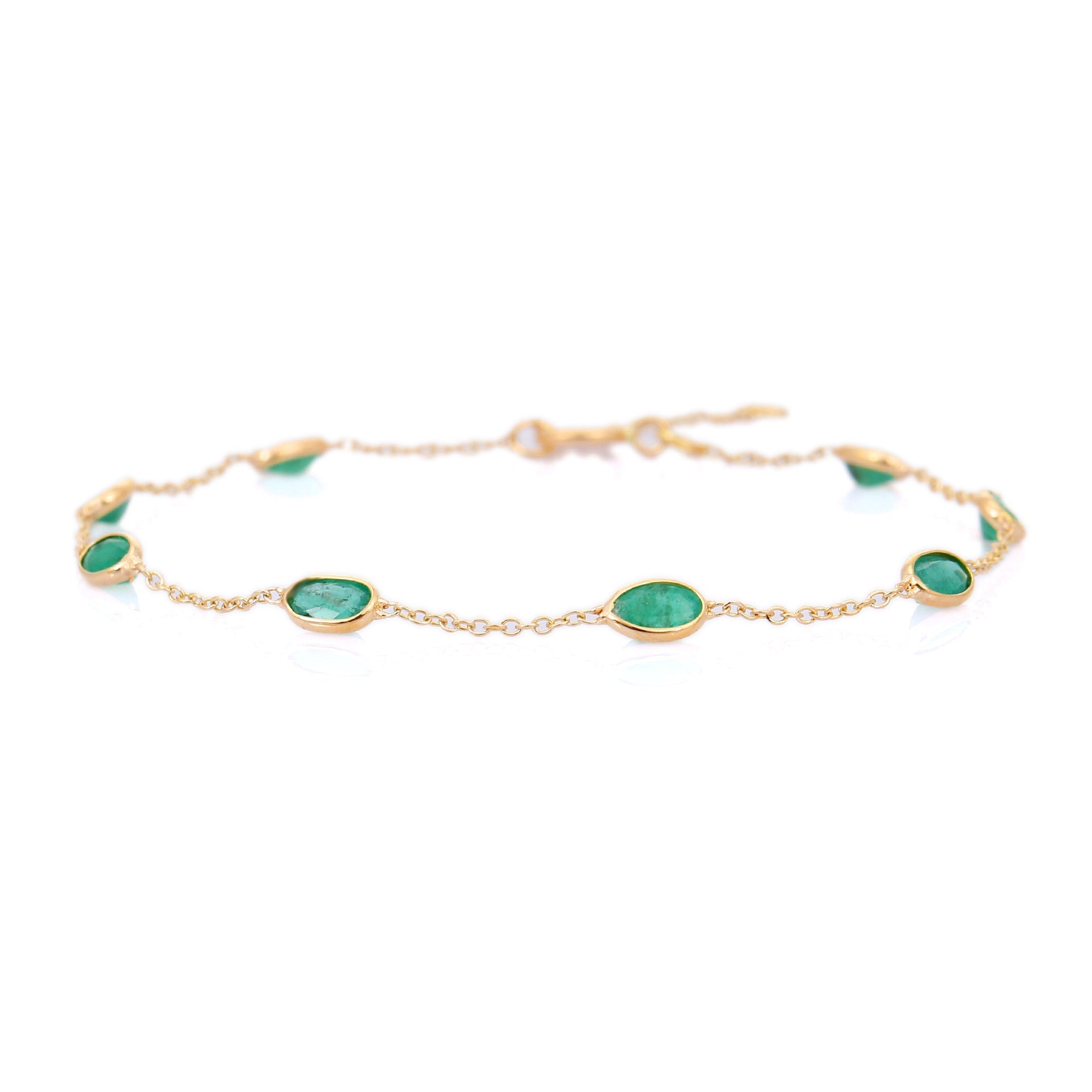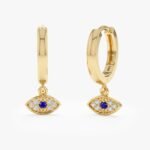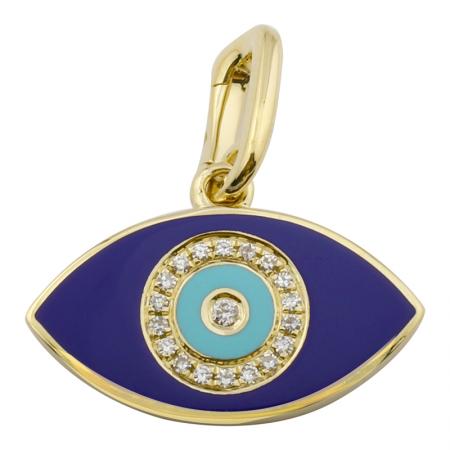Titanium vs Gold Men’s Bands: Gym-Proof or Fashion Faux Pas?

Choosing between a titanium and a gold men’s band comes down to one question: do you want a ring that survives daily wear in the gym, or a traditional precious-metal look that’s easy to repair and resize? Both metals have clear strengths and limits. Below I compare them on the things that matter when you lift, climb, swim, or just wear a ring all day: strength, scratch behavior, weight and comfort, skin reaction, repairability, and styling choices.
Strength and scratch resistance — what happens when you drop it or scrape it
Titanium (commonly Grade 2 commercially pure or Grade 5 alloy Ti‑6Al‑4V) is much stronger than gold. Titanium alloys have high tensile strength and a Mohs hardness around 6, so they resist bending and denting. That makes titanium good if you worry about a ring deforming under pressure from gym equipment or a heavy impact.
Gold (14k = 58.3% gold, 18k = 75% gold) is softer. Pure gold is about 2.5–3 on the Mohs scale; alloying raises hardness, but it still dents and scratches more easily than titanium. A gold band can develop visible dings if it repeatedly hits barbells, kettlebells, or metal machines.
Why it matters: Titanium won’t bend into an oval the way gold can, so the ring keeps its shape through knocks. But titanium still scratches — the scratches tend to be less bright and less obvious on titanium’s gray surface, whereas gold shows shiny scratch lines that are easy to spot.
Weight, feel, and comfort during workouts
Density matters. Gold has a density of about 19.32 g/cm³; titanium is roughly 4.5 g/cm³
Also consider width and profile. A 4–6 mm comfort‑fit band with a 1.5–2 mm wall thickness will sit snug and rotate less. Flat, wide bands can catch on equipment. Comfort-fit interiors reduce pressure points during repetitive motions, which is useful at the gym.
Corrosion, sweat, and pool chemistry
Titanium is highly corrosion resistant. It tolerates sweat and pool water without corroding. It can be anodized to create color, but anodized finishes may wear where the ring rubs most. That’s a surface effect, not structural failure.
Gold resists corrosion too, but plated white gold (rhodium-plated) can lose its plating from frequent exposure to chlorine and abrasive cleaning. Chlorine can also accelerate degradation of some alloys in extreme cases. In short, gold survives sweat well but may need more cosmetic maintenance if you swim regularly.
Allergies and skin reactions
Titanium is widely considered hypoallergenic. Grade 2 titanium is almost never a problem. Grade 5 (Ti‑6Al‑4V) contains aluminum and vanadium; reactions are rare but slightly more possible. If you have a known metal allergy, choose commercially pure titanium or confirm alloy content before buying.
Gold is typically safe, but alloys matter. White gold often contains nickel — a common allergen — unless the alloy uses palladium. Rose gold contains copper, which can cause greenish staining on skin for some people. If allergy is a concern, 18k yellow gold has fewer alloying metals by percentage (75% gold) but is softer.
Resizing and repairs
This is a major practical difference. Gold is easy to resize, solder, and polish. A jeweler can usually add or remove material and restore the finish. That makes gold a lifetime-friendly choice if your finger size changes over the years.
Titanium is difficult to resize. It doesn’t solder the way gold does and requires specialized welding equipment and expertise. Many titanium rings can’t be resized at all, or only by a tiny amount. If you expect size changes (weight loss, weight gain, swelling), titanium is less forgiving.
Why it matters: People who work out heavily often experience temporary finger swelling after workouts. With a gold band you can adjust the fit later; with titanium you may need replacement.
Setting stones and design options
Gold is the traditional choice for gemstones. Its malleability makes secure prongs and classic settings straightforward. Diamonds or other stones set in gold are easier to service and re-set.
Titanium can accept inlays (carbon fiber, wood, ceramic) and flush or bezel settings, but stone-setting is more complex. Titanium doesn’t take to prong work as easily and some settings require specialized techniques. Also note that epoxy or resin inlays can be affected by sweat and chlorinated water over time.
Style, finish, and hiding wear
- Matte or brushed finishes hide scratches better on both metals. Bead-blasted or satin finishes are good for gym wear.
- Polished gold shows scratches quickly. If you like a mirror shine, plan for occasional polishing.
- Titanium anodizing offers color (blues, greens, purples) produced by oxide thickness — attractive, but colors will fade with heavy abrasion.
Practical recommendations — gym-proof choices
- If you want minimal weight, strong shape retention, and low corrosion: choose a titanium band (Grade 2 or Grade 5), 4–6 mm wide, comfort fit, matte finish. Know that resizing is limited.
- If you want a traditional precious metal that you can repair, resize, and pass down: choose 14k or 18k gold. For durability, 14k is harder than 18k and withstands daily knocks better. Pick a lower-profile, narrower band and a matte finish for gym life.
- If you wear gemstones, prefer gold. If you want modern looks, inlays, or color anodizing, prefer titanium but avoid fragile inlays if you swim or lift often.
- Regardless of metal: remove your ring for heavy lifts or when using gripping equipment that could catch. That reduces both injury risk and ring damage.
Cost and long-term value
Titanium rings generally cost less by material weight because titanium is abundant and light; typical retail ranges vary widely, but you’ll often see titanium bands at lower prices than solid gold. Gold carries intrinsic metal value and is easier to repair — factors that matter for long-term ownership and resale.
Bottom line: for strictly “gym-proof” performance, titanium wins for strength, lightness, and corrosion resistance. For traditional looks, repairability, and gemstone settings, gold wins. If you train a lot but want precious metal benefits, consider a narrow or removable gold band for workouts and a gold style band for daily wear.




